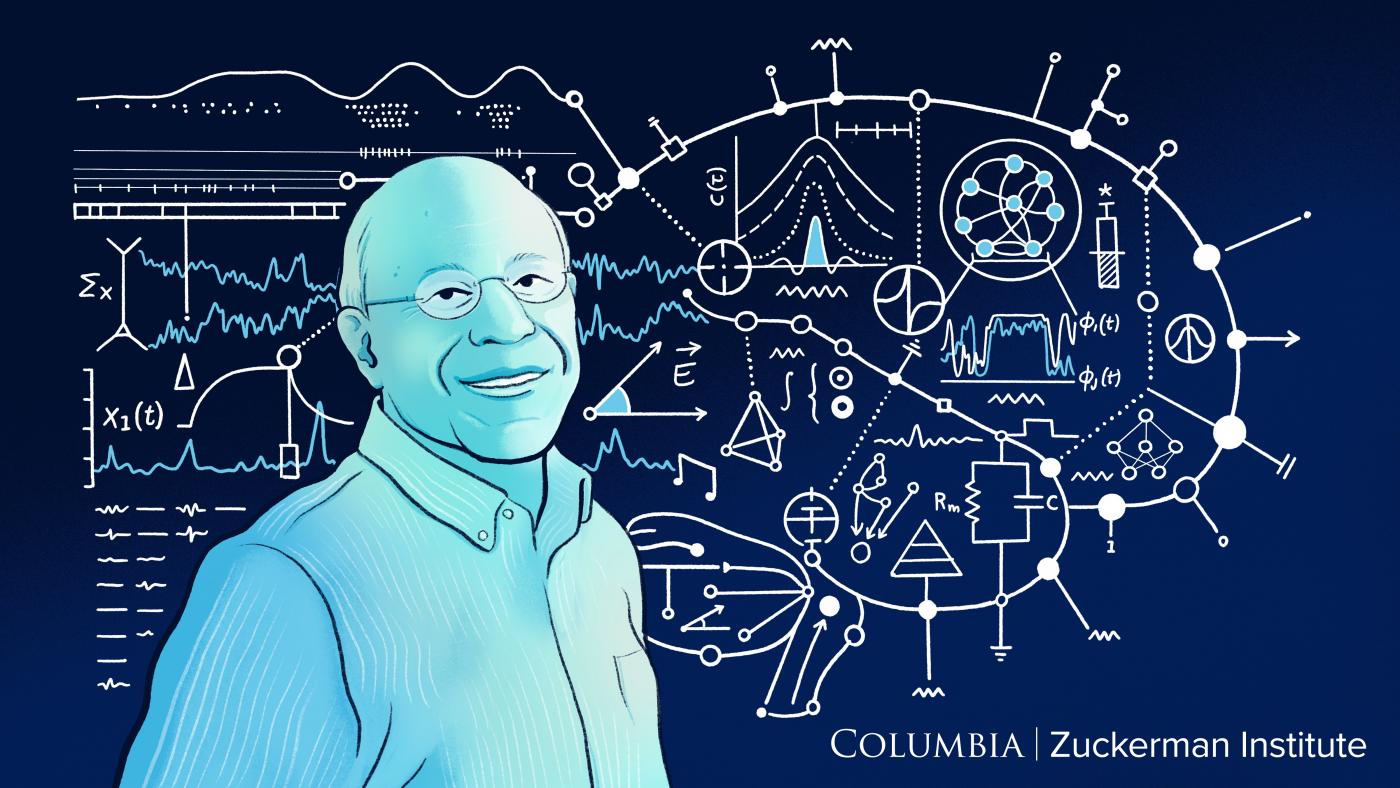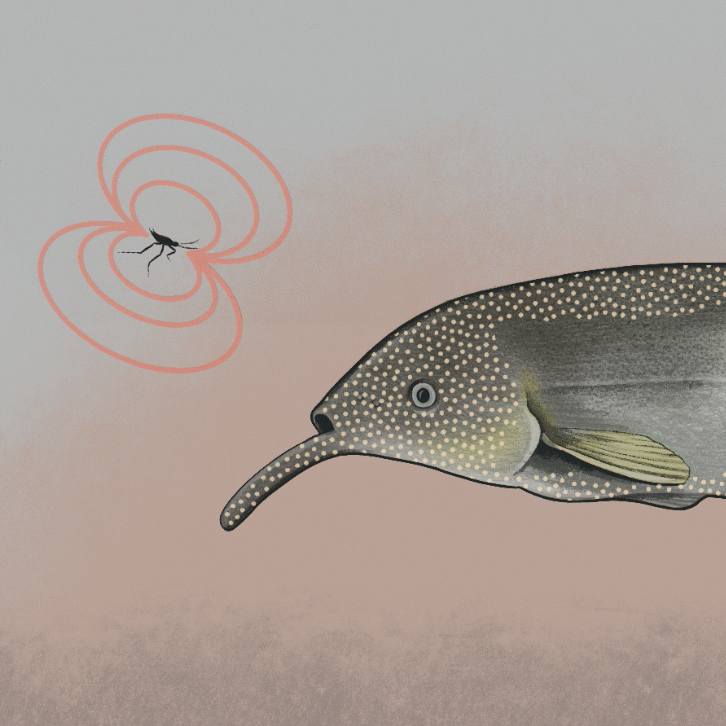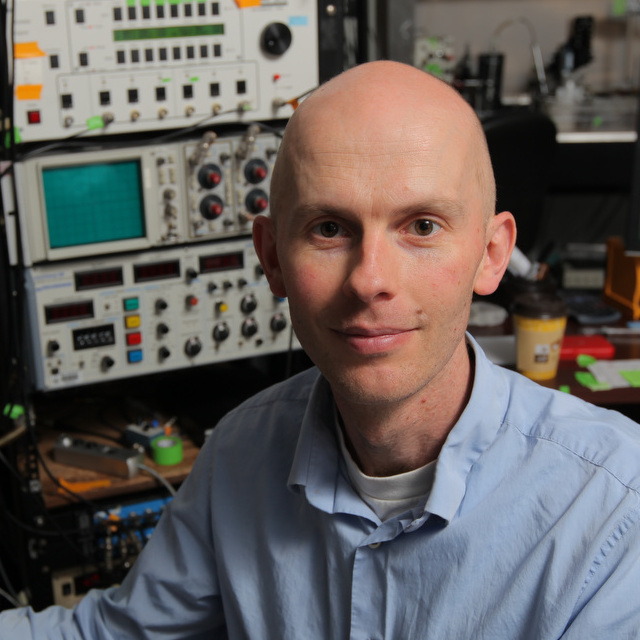NEW YORK – When he was soon to turn 40 and enjoying a highly successful academic career in particle physics, Larry F. Abbott, PhD, took a professional swerve that terrified him. He switched to neuroscience. Today, a few decades later, he was named a co-winner of one of the largest prizes in brain science for excellence in applying computational and theoretical methods to reveal principles underlying memory, movement and other areas of neuroscience. Dr. Abbott of Columbia’s Zuckerman Institute will share the 2024 Brain Prize with Terrence Sejnowski, PhD, of the Salk Institute and Haim Sompolinsky, PhD, of Harvard and Hebrew Universities.
The Brain Prize, awarded by the Denmark-based Lundbeck Foundation, includes a monetary award of 10 million Danish kroner, or approximately 1.5 million USD, to be equally shared by the winners. As pleased as he is to be among the winners, “I am especially moved by how this prize is really for the entire field of theoretical neuroscience,” said Dr. Abbott, who since 2005 has been co-director of Columbia’s Center for Theoretical Neuroscience.
We sat down with Dr. Abbott, also the William Bloor Professor of Theoretical Neuroscience, Professor of Physiology and Cellular Biophysics and Co-director of Columbia's Kavli Institute for Brain Science. We asked him about his career and what the Brain Prize means for him and the field.
You have devoted your career to science. Why?
Dr. Abbott: I do this because I am curious and I want to see the beauty of nature. Nature has the property that the closer you look, the more beautiful it gets. Look at nature through a microscope and it gets more beautiful. I think of math and theory as different kinds of microscopes. We can use them to peer deeply into nature, to better understand it and to reveal its beauty in ways that would be impossible otherwise.
You started out as a physicist but then switched to neuroscience. How did that happen?
I was in the physics department at Brandeis University and I was doing research in particle physics. That’s the study of the most fundamental components of matter in the universe. Out of curiosity, I wandered into the lab of Eve Marder, who was on her way to becoming a giant in neuroscience. A postdoc in her lab had a rig he used to record the activity of neuronal circuits in a lobster. His setup had an audio monitor that converted the neural activity into oscillating patterns of clicks. The sounds of these clicks changed my life and the trajectory of my career in science. It was mesmerizing. When I heard them, I knew I had to take a terrifying leap from physics to neuroscience. Thankfully, Eve eased my way by teaching me the language of neuroscience and one of our first research collaborations resulted in a new tool for manipulating the electrical properties of individual brain cells. That’s what got me in.
Why is winning the Brain Prize so meaningful?
I came to neuroscience in the middle of my career. I was 39-years-old and a professor of physics. I was a nobody in the field. So it’s especially meaningful to me that neuroscientists, to whom I was a stranger when I entered their field, now have welcomed me into their community and acknowledged me in this remarkable way.
What is theoretical neuroscience and why is it essential to understanding the brain?
For complicated systems like the brain, it’s important to have an overarching framework, even if it's an approximation and an abstraction, to try to reconcile the many pieces that must interact to make things work. Theoretical neuroscience does this using mathematical and statistical descriptions, and computer simulations. These help us get our arms around experimental observations and data that otherwise might seem incoherent or even contradictory. In addition, a theoretical framework can help raise questions and identify directions for future experiments.
I think of math and theory as different kinds of microscopes. We can use them to peer deeply into nature, to better understand it and to reveal its beauty in ways that would be impossible otherwise.
What was the state of computational and theoretical neuroscience when you switched from physics to neuroscience?
Before coming to Columbia in 2005, I, along with my friend and collaborator Ken Miller, who was at the University of California, San Francisco at the time, met with Richard Axel, Eric Kandel and the late Tom Jessell, leading neuroscientists at the university. The Zuckerman Institute was then in a nascent stage. There was no building yet. But we learned that part of the vision was to build up a strength in systems neuroscience, exactly what we would need to thrive as theorists. That’s exactly what I wanted to be part of. Soon after those discussions, Ken and I were hired, and we established Columbia’s Center for Theoretical Neuroscience. We’ve been co-directors ever since and it’s grown into the world’s largest center devoted to the field.
You share this year’s Brain Prize with Terrence Sejnowksi and Haim Sompolinksy. How would you compare your respective contributions?
First I have to say that it’s such an honor to be among them. Now, this is an oversimplified way of describing what we each have brought to theoretical neuroscience, but I would say Terry brought machine learning into the field, which provided tools for finding patterns in vast amounts of data and taught us about biological learning. Haim is the most calculational and physics-y among us, and he built many of the foundations for the models and computer simulations we all use. I'm the link-to-the-experimentalists person. In practice, of course, all of us use all of these approaches as needed.
How has theoretical neuroscience influenced artificial intelligence?
The explosion in AI that we are seeing today grew out of neural networks and machine learning, and it benefits from applications of the theoretical, statistical, analytical and computational ideas that have been evolving in neuroscience and elsewhere. Now, we are seeing great crosstalk between neuroscience and AI; about half of our graduate students go into AI and half go into neuroscience. In addition, Columbia is the center of the Artificial and Natural Intelligence Institute (ARNI), a large research initiative by the National Science Foundation linking AI and neuroscience.
What’s one of the research questions you are asking right now?
I’m fascinated by the sense we have of where we are in the world. Think about when you’re in a room and you close your eyes: you still know where things are, even if you move around. Somehow we recreate the world as an internal construct. That’s a profound thing; how do we do it? It turns out that flies’ brains, tiny as they are, also construct an internal representation of the world. So we are using flies to help identify the computations any animal, fly or human, needs to make to know where it is in the world.



